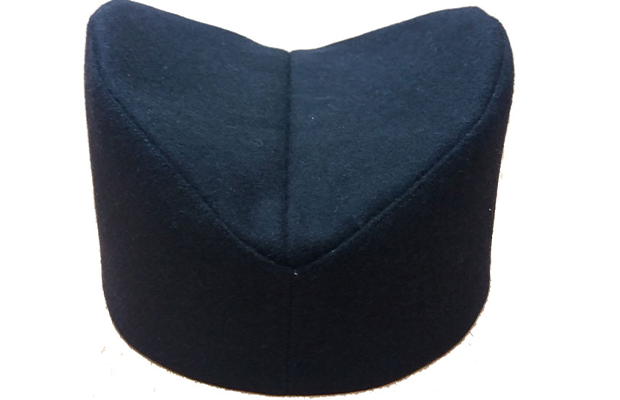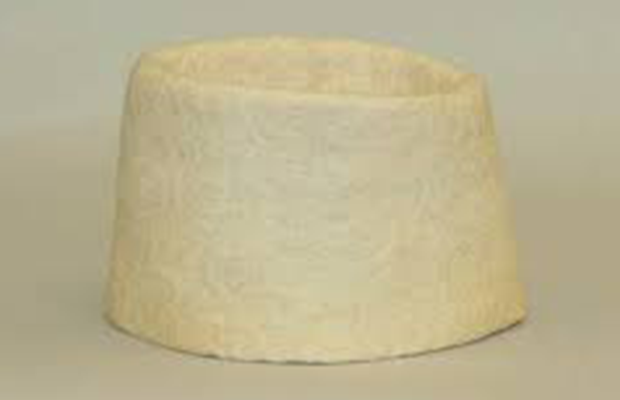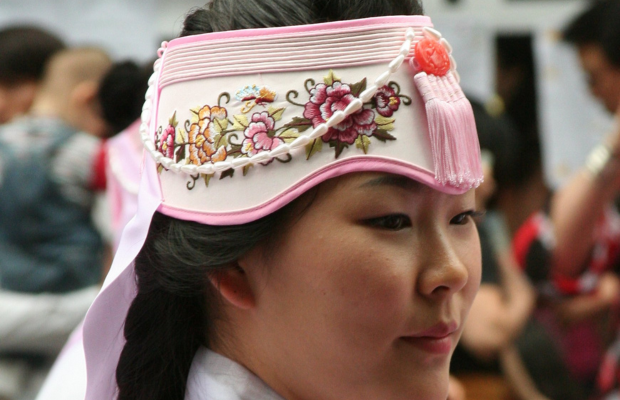
The Šajkača: History and Significance of Serbia’s Traditional Hat
The Šajkača, a traditional Serbian hat, stands as a symbol of national pride and cultural identity. Recognizable by its distinctive shape and historical connotations, the Šajkača is more than just a piece of headwear; it is a representation of Serbia’s storied past and its people’s resilience.
Origins of the Šajkača
The origins of the Šajkača date back to the 18th century, during the time of the traditional Serbian hat These soldiers, part of the Austrian military frontier, were tasked with defending the Habsburg Empire’s borders along the Danube and Sava rivers. The hat they wore was practical for their needs—its folded design allowed it to be easily stored and its dark color was suited for military use.
Evolution Through the Ages
While the Šajkača began as military attire, its significance and use have evolved over time. During the 19th and early 20th centuries, the hat became associated with Serbian peasantry and rural life. It was commonly worn by farmers and laborers, symbolizing the working class’s connection to the land and their dedication to their heritage.
The Šajkača gained widespread recognition during the Balkan Wars and World War I. Serbian soldiers wore the hat as part of their uniform, and it became a symbol of their bravery and determination. This association with military valor helped cement the Šajkača as an emblem of Serbian national identity.
Cultural Significance
In contemporary Serbia, the Šajkača remains a potent cultural symbol. It is often worn during national celebrations, cultural festivals, and historical reenactments. The hat represents a connection to the past and a respect for the traditions that have shaped Serbia.
The Šajkača is also a symbol of unity and pride among Serbians. It evokes memories of the struggles and triumphs of their ancestors, serving as a reminder of the resilience and spirit that have defined the nation.
The Šajkača in Modern Fashion
Today, the Šajkača has transcended its traditional roots to become a fashion statement. Modern adaptations of the hat are seen in various contexts, from casual wear to formal attire. Designers incorporate elements of the Šajkača into contemporary fashion, blending tradition with modernity and appealing to a new generation.
Conclusion
The Šajkača is much more than a hat; it is a symbol of Serbian heritage and identity. Its journey from military headgear to a cultural icon reflects the history and evolution of Serbia itself. By wearing the Šajkača, Serbians honor their past, celebrate their culture, and express their national pride.
If you’re interested in exploring other traditional headwear, such as Scottish hats and caps, visit our site at Kilt Master. We offer a wide variety of authentic Scottish hats, perfect for anyone looking to embrace and celebrate Scottish culture.





